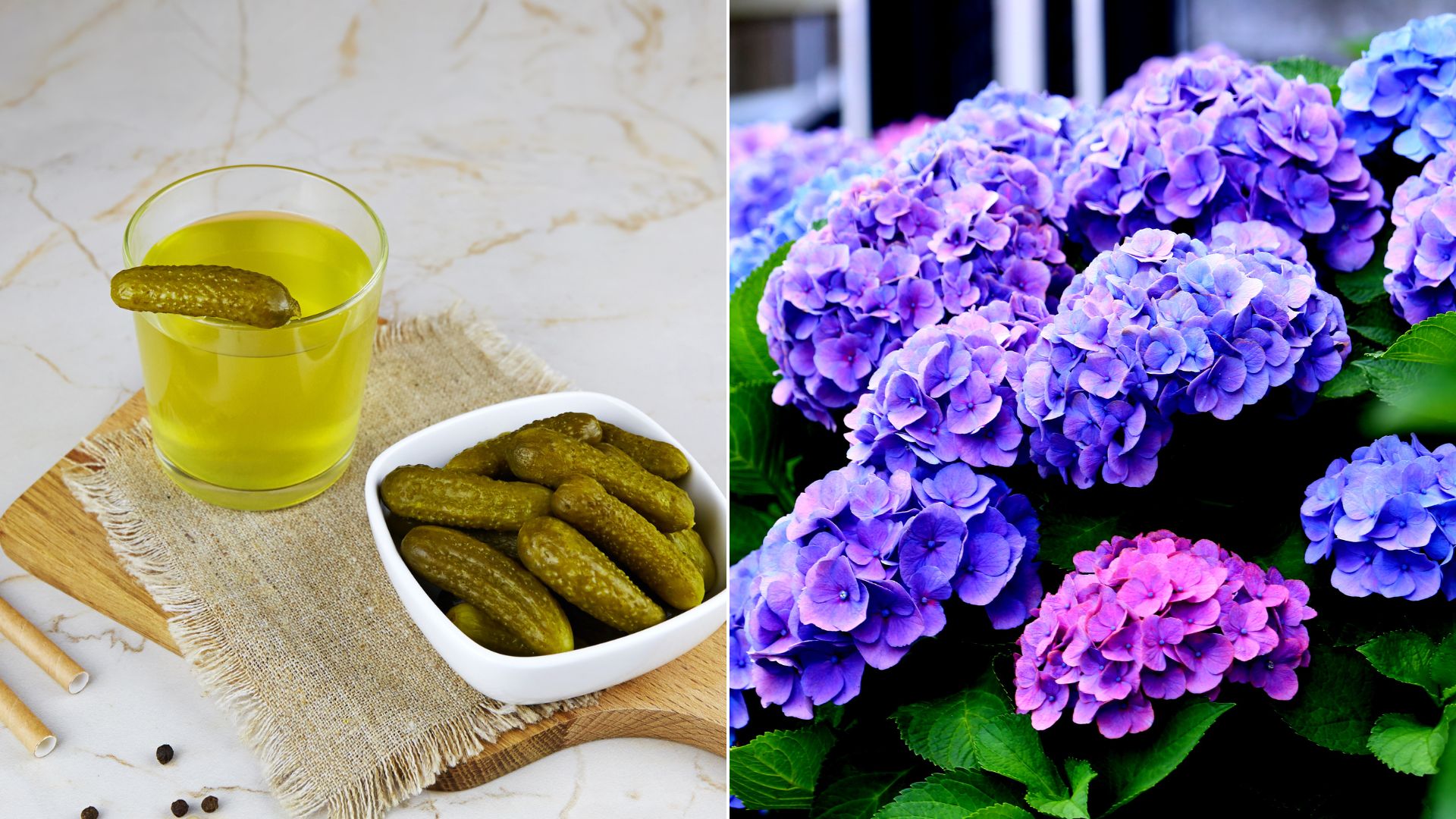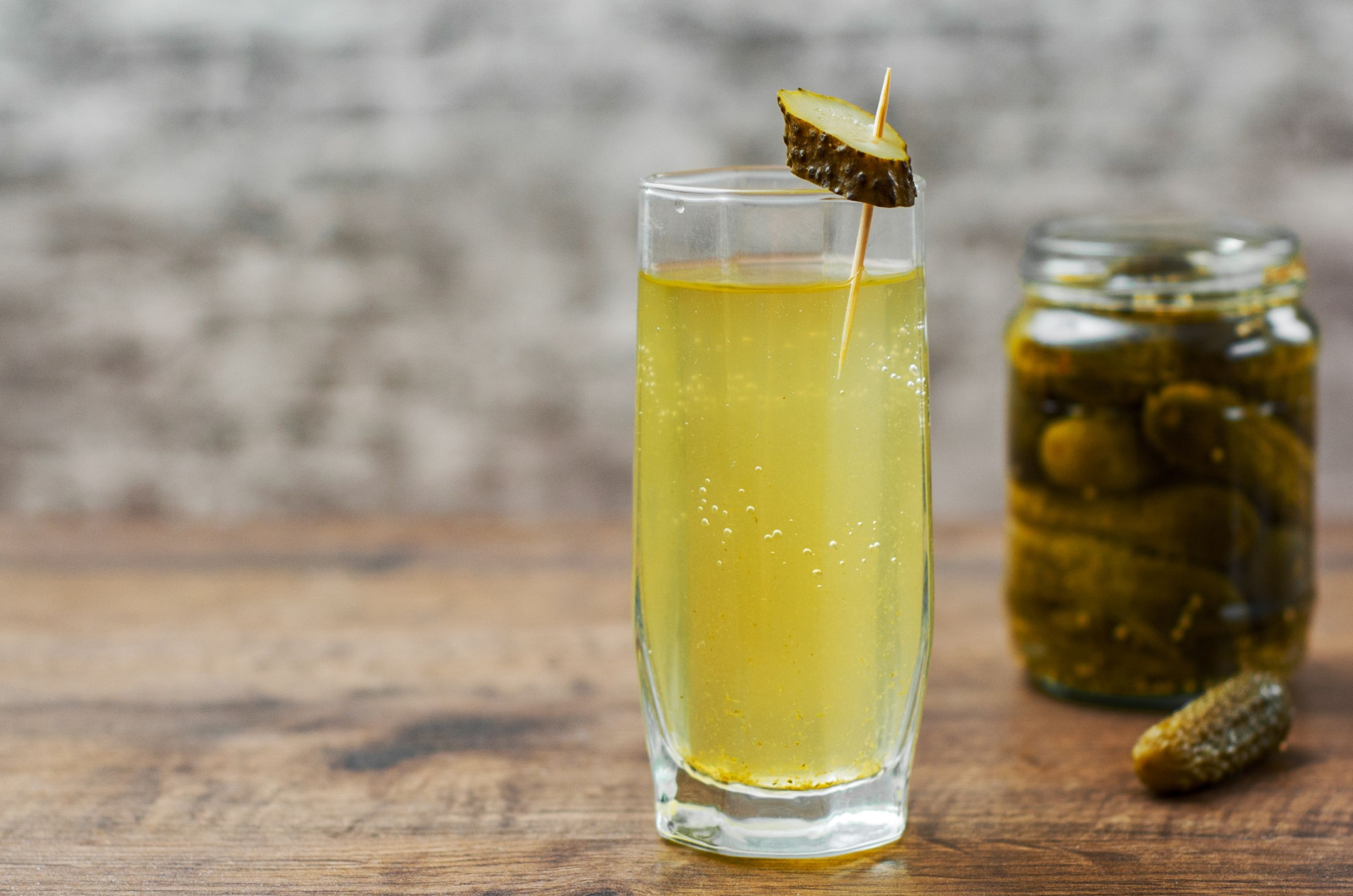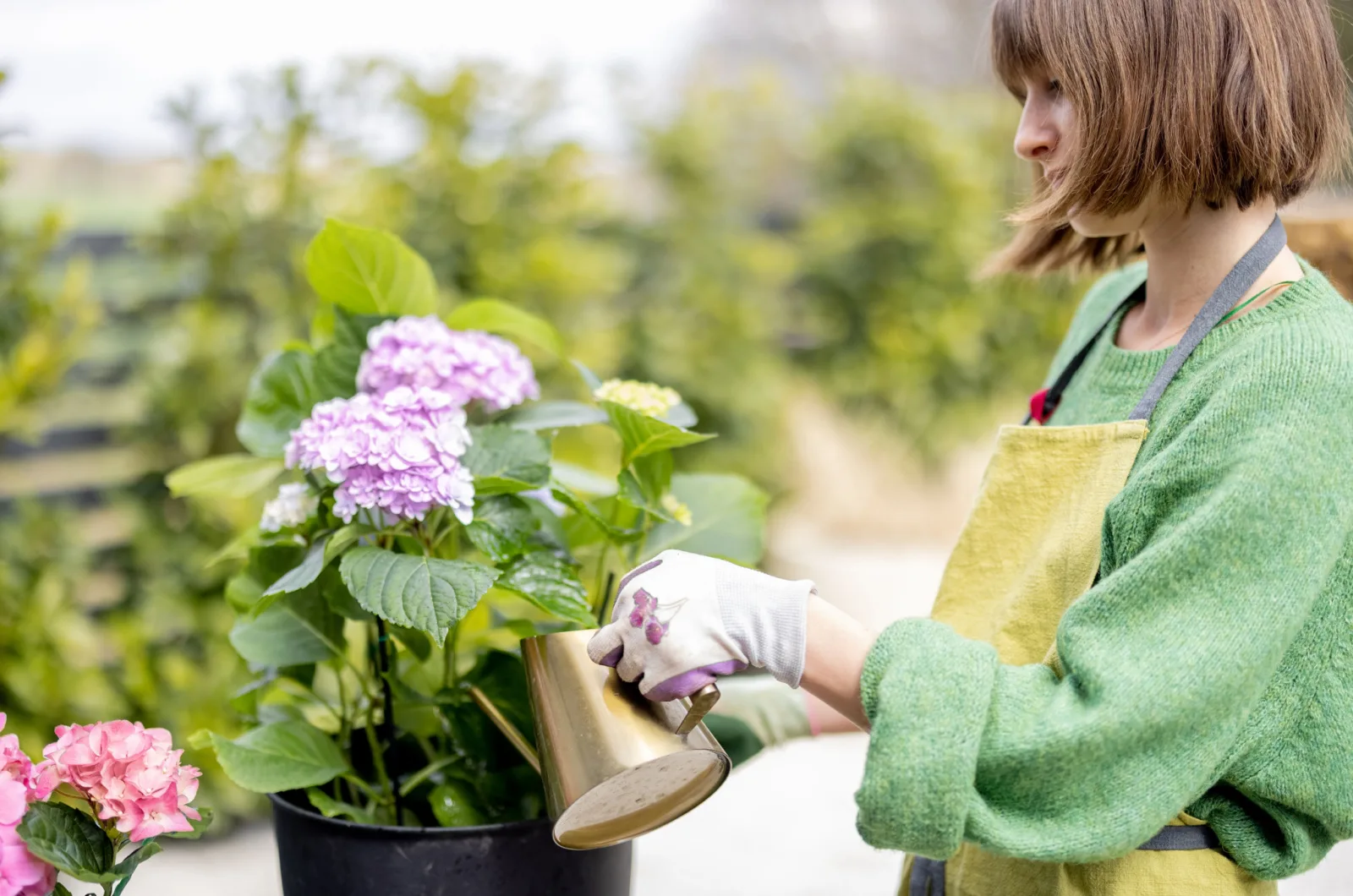Imagine vibrant hydrangea blooms bursting with vivid colors and lush foliage, all thanks to an unexpected and surprising ingredient – pickle juice!
Although hydrangeas can generally thrive in poor growing conditions, adding certain fertilizers can significantly improve their growth and boost flower production. One such fertilizer is pickle juice.
Pickle juice is one of those things that everyone has in the fridge but no one really uses. Surprisingly, you can put it up to a good use and improve soil acidity for your hydrangeas!
In this article, we are going to talk about how to properly use pickle juice to grow thriving hydrangeas. Let’s get started!
Adding Pickle Juice To Hydrangeas
It’s no secret that fertilizing hydrangeas can result in more blooms. But, if you don’t want to buy those commercial fertilizers that do more damage than good, you can opt for a more organic option such as pickle juice.
In the section below, we are going to explain why using pickle juice works for your hydrangeas, and how to apply it properly.
Why Does It Work?
The pH levels of the soil actually affect the color of these flowers [1]. So, if you change the pH levels of the soil, you will end up changing hydrangeas colors. If you want to have a more colorful display, consider using pickle juice to water your hydrangeas.
Pickle juice’s acidity can help to slightly lower the pH of the soil since it consists of acetic acid, which can lower the pH of the soil when diluted and applied in moderate amounts. It makes a more acidic environment which enables the plant to readily absorb nutrients in the soil [2].
This ultimately leads to flower color change. Most hydrangea varieties will have more intense and vibrant flower colors, specifically those varieties with purple and blue flowers. Pickle juice ultimately intensifies the blue tones of the flowers.
However, it is important to use the right amount of pickle juice because too much acidity can harm your hydrangeas. Plus, not all hydrangea varieties respond well to changes in pH levels.
This is why you should start by using smaller amounts and see how your hydrangeas behave. Let’s discuss this in a bit more detail!
How To Apply It Properly
Once you are done eating your pickles, save the pickle juice instead of pouring it down the drain. Make sure that the juice doesn’t have any additives like spices or garlic because these might damage the plant.
It’s crucial to dilute the pickle juice before applying it since hydrangeas can’t stand acidic environments. It’s best to combine 20 parts water with one part pickle juice to make a milder solution.
Use this solution to water your hydrangeas in the morning or late afternoon. To avoid damaging the plants and causing the solution to evaporate, avoid watering at midday. You can repeat this process every two to four weeks during the season.
We have already mentioned you must carefully observe how your hydrangeas respond to pickle juice. Stop applying the pickle juice solution if you see any signs of stress, such hydrangeas wilting or having yellow leaves.
It’s important to note that not all hydrangea cultivars respond well to changes in the pH levels of the soil. So, if you want to change flower color, you can use specialized hydrangea fertilizers.
References:
1. Wax H. How pH affects the color of a hydrangea. North Dakota State University.
2. Exploratorium. Science of gardening.



